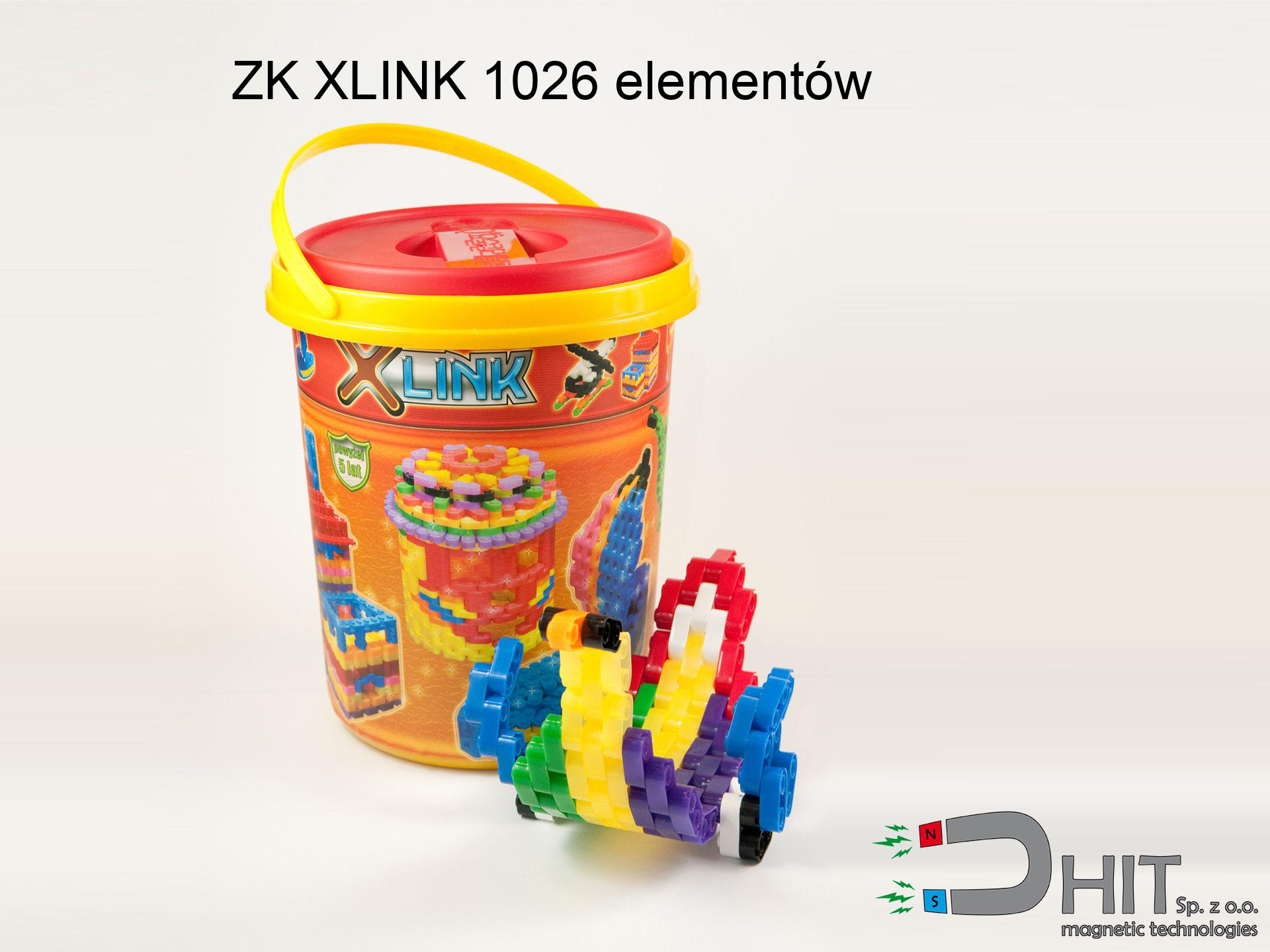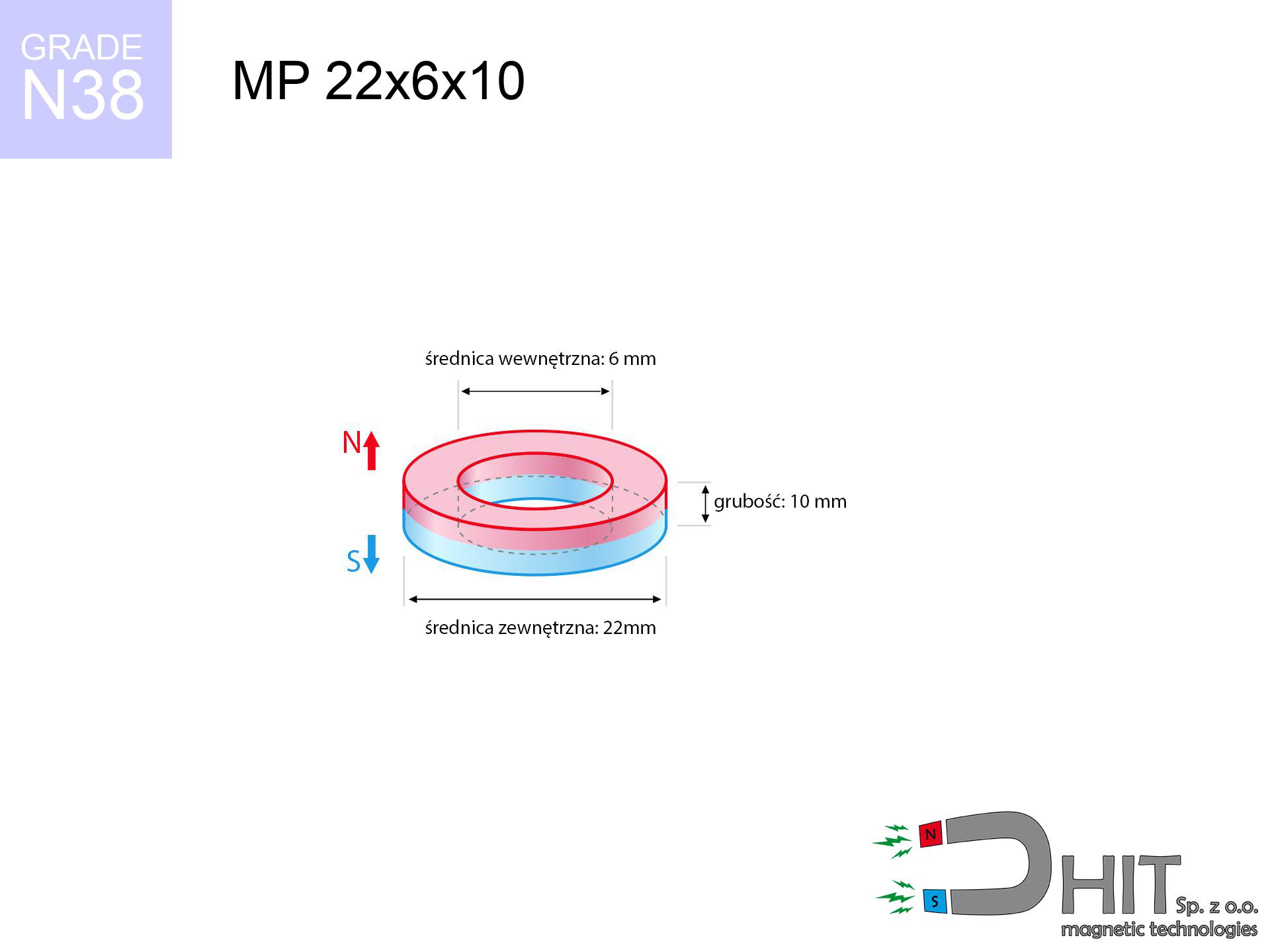ZK XLINK 1026 elementów - construction toy
construction toy
Catalog no 260214
GTIN/EAN: 5906301814399
Weight
1513 g
79.90 ZŁ with VAT / pcs + price for transport
64.96 ZŁ net + 23% VAT / pcs
bulk discounts:
Need more?
Call us
+48 888 99 98 98
otherwise get in touch through
our online form
our website.
Weight as well as structure of magnetic components can be calculated with our
online calculation tool.
Order by 14:00 and we’ll ship today!
Physical properties - ZK XLINK 1026 elementów - construction toy
Specification / characteristics - ZK XLINK 1026 elementów - construction toy
| properties | values |
|---|---|
| Cat. no. | 260214 |
| GTIN/EAN | 5906301814399 |
| Production/Distribution | Dhit sp. z o.o. |
| Country of origin | Poland / China / Germany |
| Customs code | 85059029 |
| Weight | 1513 g |
| Manufacturing Tolerance | ±1 mm |
Physical properties of sintered neodymium magnets Nd2Fe14B at 20°C
| properties | values | units |
|---|---|---|
| Vickers hardness | ≥550 | Hv |
| Density | ≥7.4 | g/cm3 |
| Curie Temperature TC | 312 - 380 | °C |
| Curie Temperature TF | 593 - 716 | °F |
| Specific resistance | 150 | μΩ⋅cm |
| Bending strength | 250 | MPa |
| Compressive strength | 1000~1100 | MPa |
| Thermal expansion parallel (∥) to orientation (M) | (3-4) x 10-6 | °C-1 |
| Thermal expansion perpendicular (⊥) to orientation (M) | -(1-3) x 10-6 | °C-1 |
| Young's modulus | 1.7 x 104 | kg/mm² |
Elemental analysis
| iron (Fe) | 64% – 68% |
| neodymium (Nd) | 29% – 32% |
| boron (B) | 1.1% – 1.2% |
| dysprosium (Dy) | 0.5% – 2.0% |
| coating (Ni-Cu-Ni) | < 0.05% |
Ecology and recycling (GPSR)
| recyclability (EoL) | 100% |
| recycled raw materials | ~10% (pre-cons) |
| carbon footprint | low / zredukowany |
| waste code (EWC) | 16 02 16 |
Other deals
Advantages and disadvantages of Nd2Fe14B magnets.
Strengths
- They have constant strength, and over nearly ten years their attraction force decreases symbolically – ~1% (according to theory),
- They feature excellent resistance to magnetism drop as a result of external fields,
- In other words, due to the metallic layer of gold, the element becomes visually attractive,
- Magnets possess very high magnetic induction on the outer side,
- Through (appropriate) combination of ingredients, they can achieve high thermal resistance, enabling action at temperatures reaching 230°C and above...
- Thanks to flexibility in forming and the ability to modify to complex applications,
- Wide application in modern technologies – they are commonly used in HDD drives, electric drive systems, advanced medical instruments, also modern systems.
- Compactness – despite small sizes they provide effective action, making them ideal for precision applications
Weaknesses
- Susceptibility to cracking is one of their disadvantages. Upon strong impact they can fracture. We recommend keeping them in a steel housing, which not only protects them against impacts but also raises their durability
- When exposed to high temperature, neodymium magnets experience a drop in force. Often, when the temperature exceeds 80°C, their power decreases (depending on the size and shape of the magnet). For those who need magnets for extreme conditions, we offer [AH] versions withstanding up to 230°C
- When exposed to humidity, magnets usually rust. For applications outside, it is recommended to use protective magnets, such as magnets in rubber or plastics, which secure oxidation and corrosion.
- Limited ability of producing nuts in the magnet and complicated shapes - recommended is casing - magnetic holder.
- Possible danger resulting from small fragments of magnets can be dangerous, in case of ingestion, which is particularly important in the aspect of protecting the youngest. Additionally, small elements of these products can complicate diagnosis medical when they are in the body.
- High unit price – neodymium magnets are more expensive than other types of magnets (e.g. ferrite), which hinders application in large quantities
Lifting parameters
Highest magnetic holding force – what affects it?
- with the use of a yoke made of special test steel, ensuring maximum field concentration
- with a cross-section of at least 10 mm
- characterized by lack of roughness
- without any clearance between the magnet and steel
- for force applied at a right angle (in the magnet axis)
- at standard ambient temperature
Magnet lifting force in use – key factors
- Gap (betwixt the magnet and the metal), as even a microscopic distance (e.g. 0.5 mm) results in a decrease in force by up to 50% (this also applies to paint, corrosion or debris).
- Pull-off angle – remember that the magnet has greatest strength perpendicularly. Under sliding down, the capacity drops drastically, often to levels of 20-30% of the nominal value.
- Element thickness – to utilize 100% power, the steel must be adequately massive. Thin sheet restricts the attraction force (the magnet "punches through" it).
- Material composition – different alloys attracts identically. High carbon content weaken the attraction effect.
- Surface structure – the smoother and more polished the surface, the better the adhesion and stronger the hold. Unevenness creates an air distance.
- Thermal factor – hot environment weakens magnetic field. Exceeding the limit temperature can permanently demagnetize the magnet.
Lifting capacity testing was performed on a smooth plate of optimal thickness, under a perpendicular pulling force, however under shearing force the holding force is lower. Moreover, even a slight gap between the magnet’s surface and the plate decreases the load capacity.
Warnings
Pacemakers
Medical warning: Strong magnets can turn off heart devices and defibrillators. Stay away if you have medical devices.
Fire warning
Fire hazard: Neodymium dust is explosive. Avoid machining magnets in home conditions as this risks ignition.
GPS and phone interference
Be aware: rare earth magnets produce a field that disrupts sensitive sensors. Maintain a separation from your mobile, tablet, and navigation systems.
Threat to electronics
Avoid bringing magnets close to a wallet, computer, or screen. The magnetic field can irreversibly ruin these devices and wipe information from cards.
Handling guide
Exercise caution. Rare earth magnets act from a distance and connect with huge force, often quicker than you can react.
Warning for allergy sufferers
Warning for allergy sufferers: The nickel-copper-nickel coating consists of nickel. If skin irritation appears, immediately stop working with magnets and wear gloves.
Operating temperature
Standard neodymium magnets (grade N) lose power when the temperature goes above 80°C. Damage is permanent.
No play value
Neodymium magnets are not toys. Eating a few magnets can lead to them attracting across intestines, which constitutes a critical condition and requires urgent medical intervention.
Beware of splinters
Despite the nickel coating, neodymium is delicate and not impact-resistant. Do not hit, as the magnet may crumble into sharp, dangerous pieces.
Bodily injuries
Big blocks can break fingers instantly. Never place your hand between two strong magnets.



![SM 32x500 [2xM8] / N52 - magnetic separator SM 32x500 [2xM8] / N52 - magnetic separator](https://cdn3.dhit.pl/graphics/products/sm-32x500-2xm8-rub.jpg)
![UMGZ 60x30x15 [M10] GZ / N38 - magnetic holder external thread UMGZ 60x30x15 [M10] GZ / N38 - magnetic holder external thread](https://cdn3.dhit.pl/graphics/products/umgw-60x30x15-m10-gz-bas.jpg)
![SM 25x175 [2xM8] / N42 - magnetic separator SM 25x175 [2xM8] / N42 - magnetic separator](https://cdn3.dhit.pl/graphics/products/sm-25x175-2xm8-fux.jpg)


